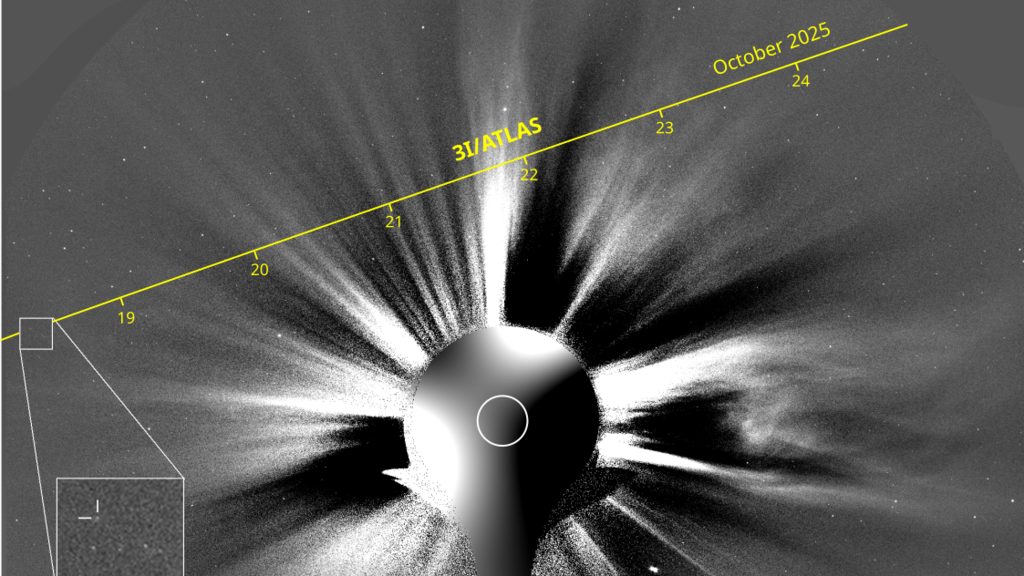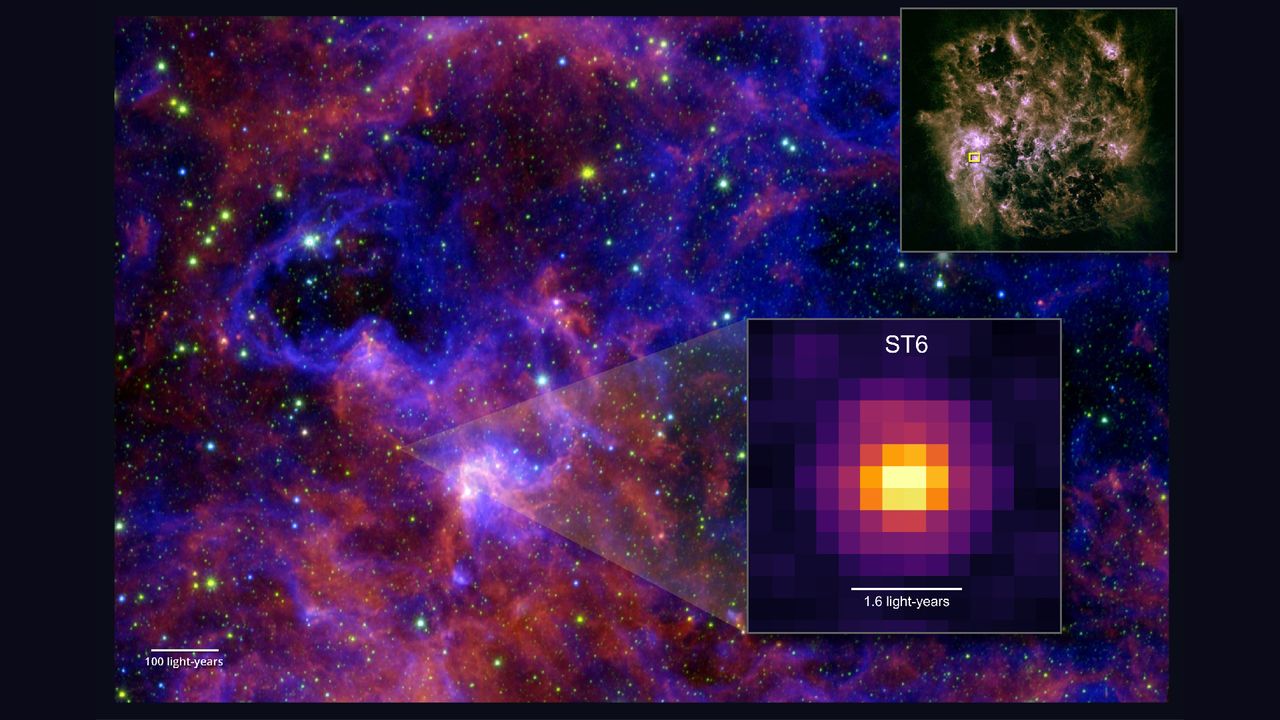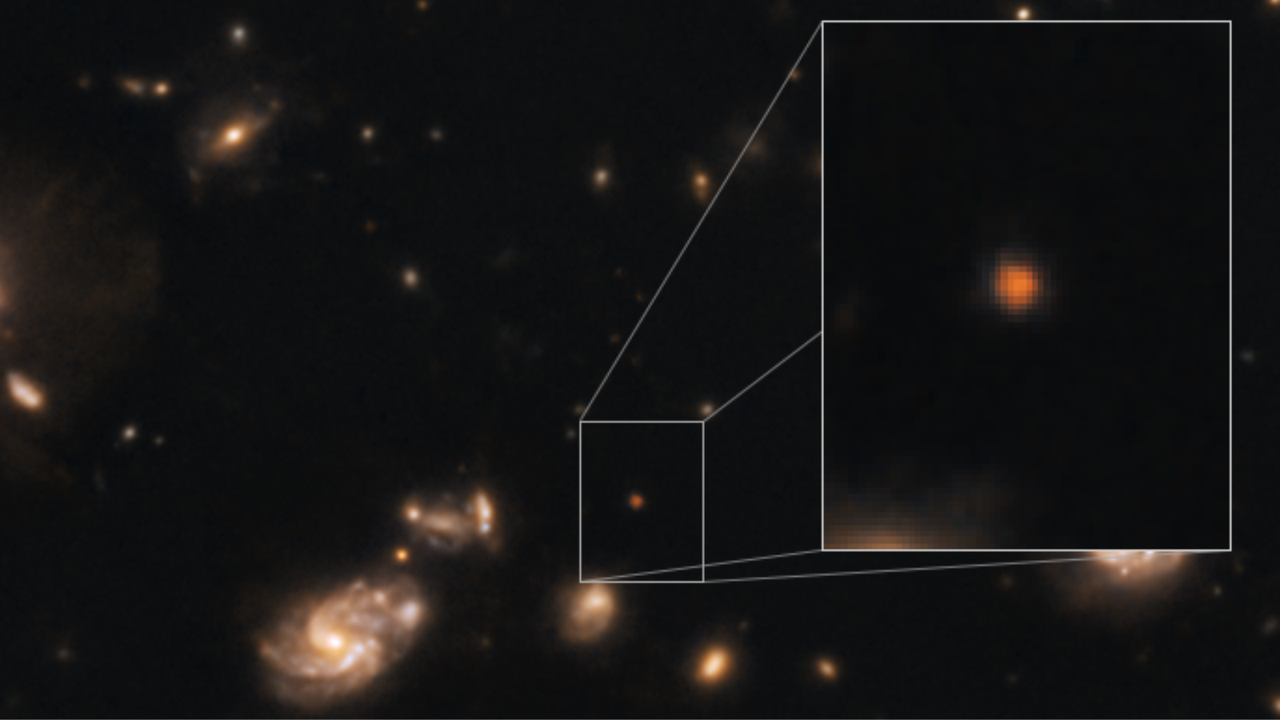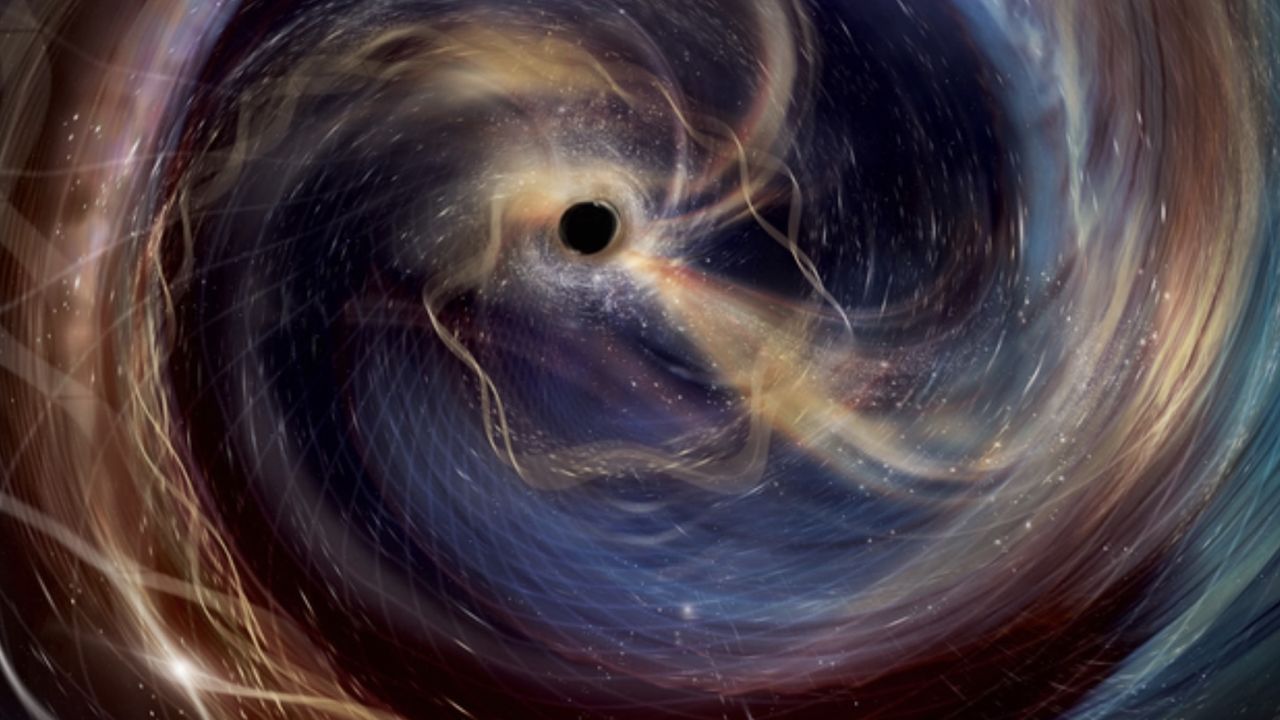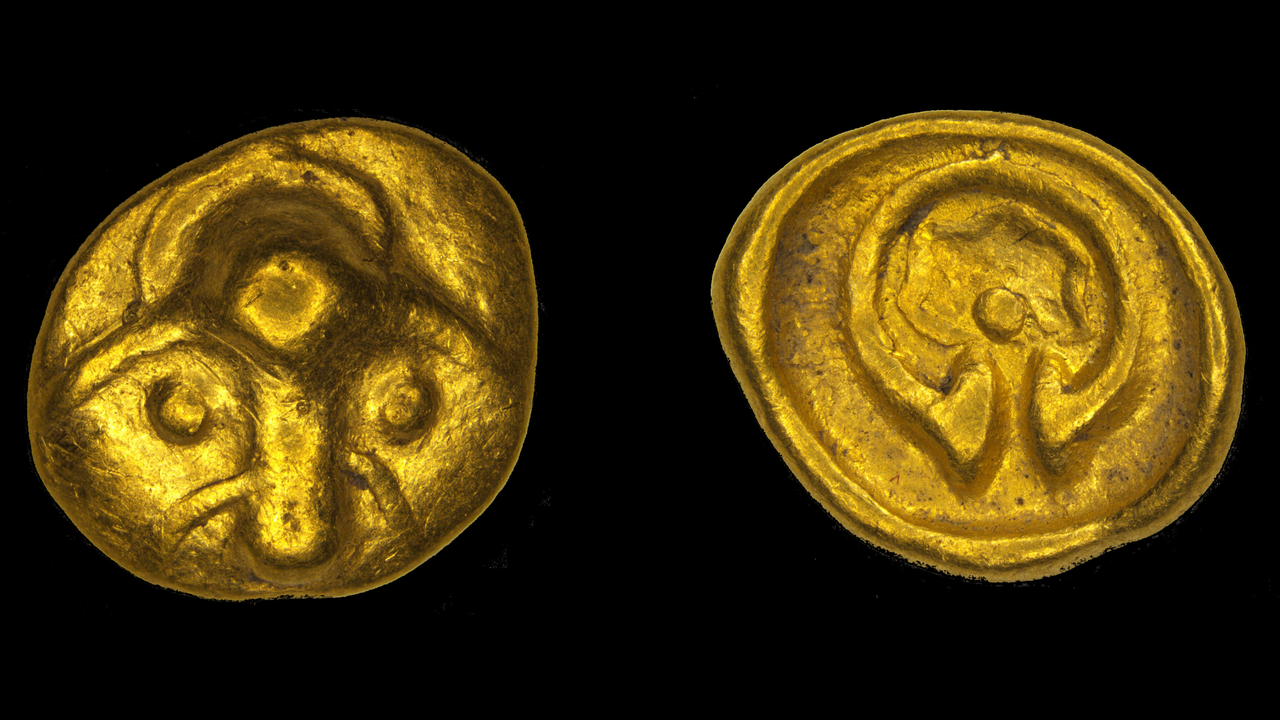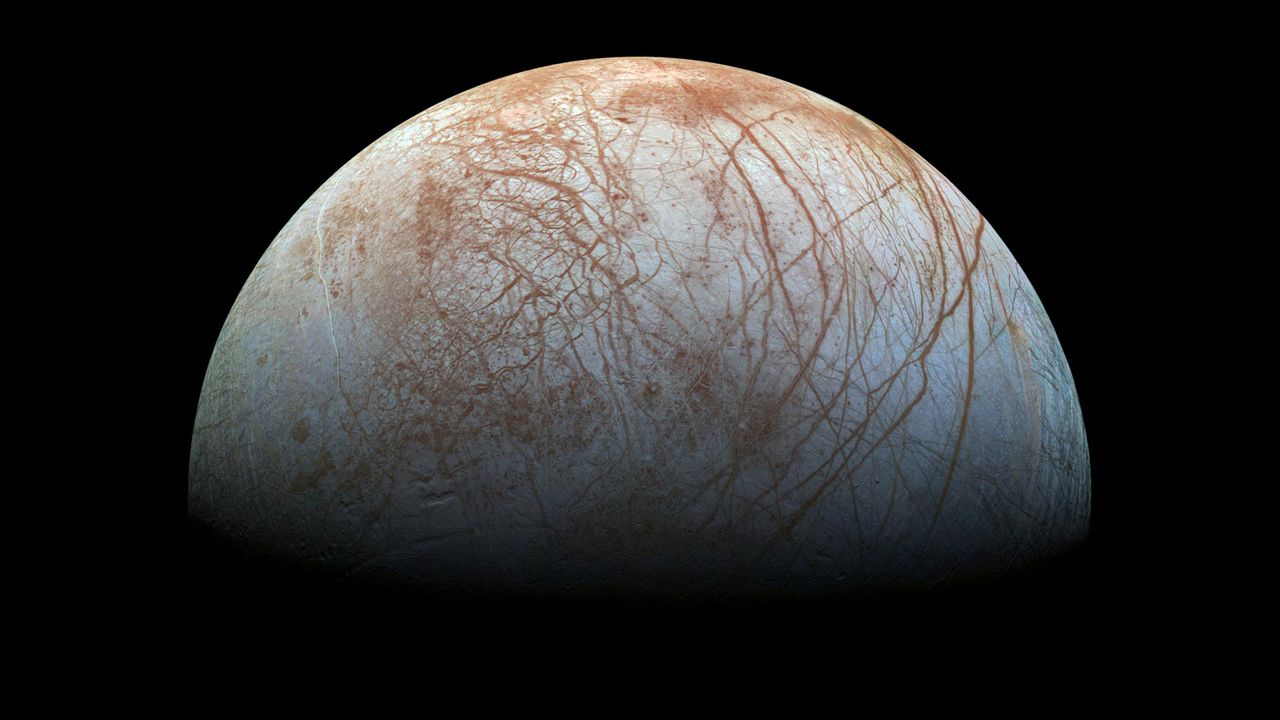Astronomers discover surprisingly lopsided disk around a nearby star using groundbreaking telescope upgrade
PositiveScience
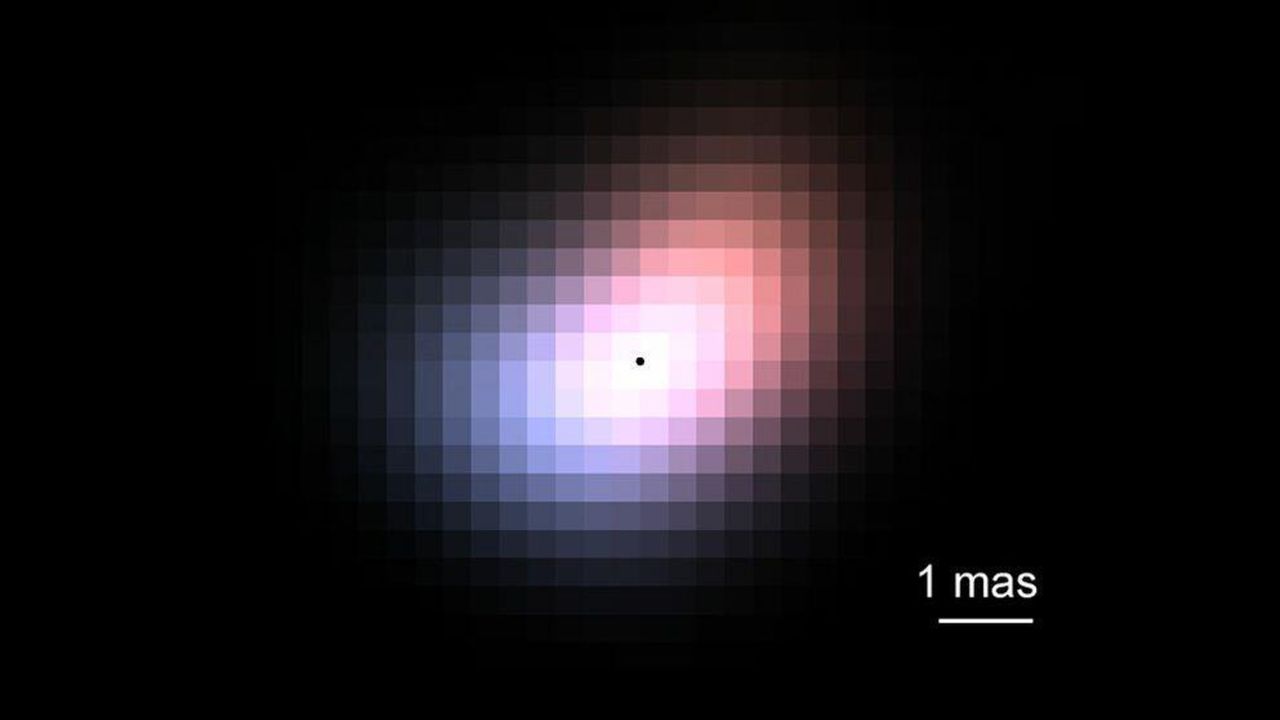
Astronomers have made an exciting discovery of an unexpectedly lopsided gas disk surrounding a star located 162 light-years away, thanks to a new 'photonic lantern' device. This breakthrough technology not only sheds light on the mysteries of this distant star but also has the potential to transform ground-based astronomy, making it a significant advancement in the field.
— Curated by the World Pulse Now AI Editorial System
